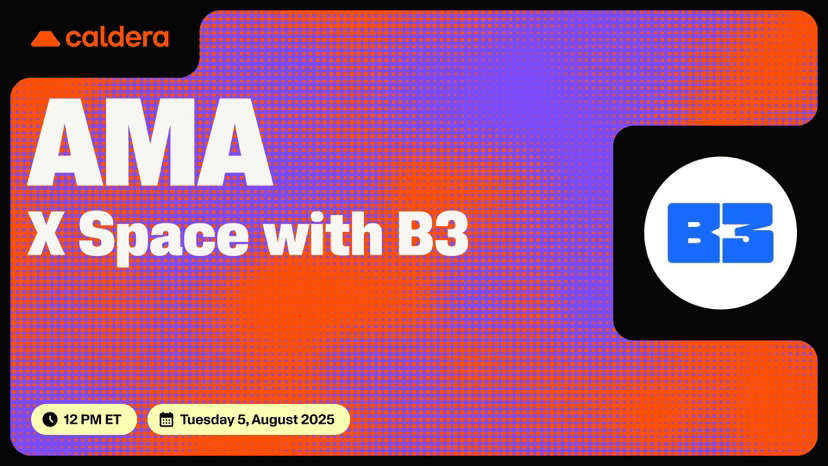
1. Why is everyone talking about Caldera?
In the blockchain world, Rollups have become the standard for scaling. However, the problem is that different Rollups operate in isolation, like closed communities, making it difficult for assets and messages to circulate freely. Caldera's goal is straightforward: it not only helps projects quickly deploy their Rollups but also builds a collaborative layer called Metalayer, allowing these chains to communicate with each other. In other words, it addresses not just 'how to build chains' but 'how to connect chains into a network.'
2. The core of Caldera: Metalayer
Metalayer is not a traditional cross-chain bridge, but a unified layer running on top of Rollups. It synchronizes states from different chains in real-time through lightweight clients and aggregated signature mechanisms, allowing application developers to directly call a unified interface without needing to adapt to multiple chains separately. For users, this means smoother operations without the need to frequently switch chains or bridges.
3. Why do developers like it?
Caldera allows development teams to avoid many pitfalls. Traditional self-built Rollups require a lot of time just for sequencers, validators, and bridging logic. Caldera's toolchain is already packaged, allowing developers to focus solely on their project logic. For instance, if you want to create a DeFi protocol, you don't have to worry about the underlying infrastructure. It supports various frameworks such as Optimism, Arbitrum Nitro, zkSync, and Polygon CDK, providing flexible choices.
4. The role of the ERA token
In the Caldera ecosystem, the ERA token is not a 'single fee token' but covers multiple scenarios including consensus, communication, and governance. Each message transmission and state validation across Rollups will consume ERA; nodes participating in validation need to stake ERA; governance proposals and voting also rely on ERA. This multi-purpose design ensures the token's core position throughout the network.
5. Ecosystem data and practical implementation
As of now, Caldera has already helped deploy over 60 Rollups, with a transaction volume exceeding 80 million and a TVL surpassing 500 million USD. This indicates that it is not just a concept but has teams actively using it. More importantly, Caldera is attracting more projects to use it as the underlying infrastructure for building on-chain applications.
The significance of Caldera is not just in lowering the cost of building chains but in transitioning the Rollup ecosystem from isolated points to a networked structure. As more chains join Metalayer, cross-chain liquidity and free asset migration will become the norm, benefiting the entire industry.
@Caldera Official #Caldera $ERA
